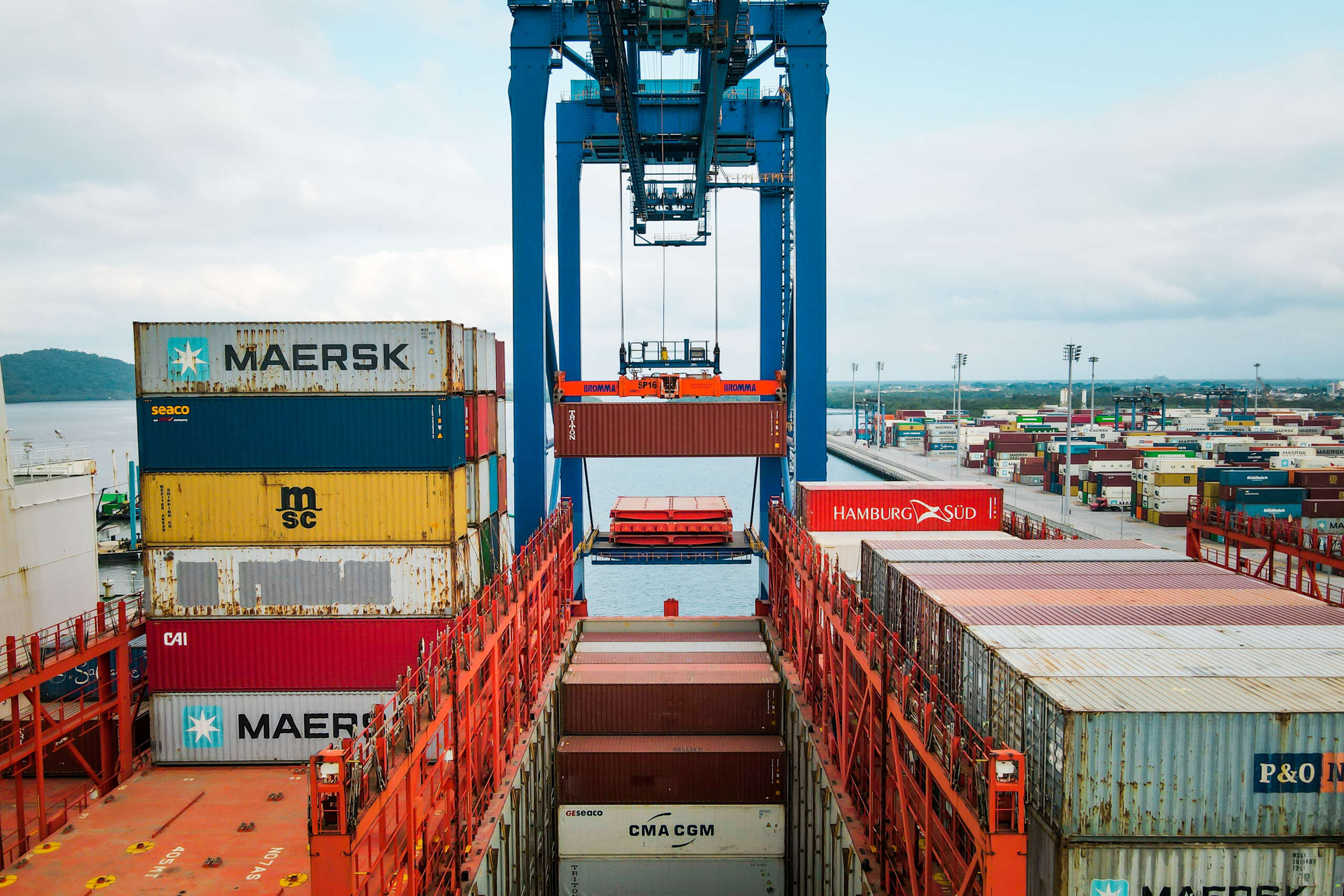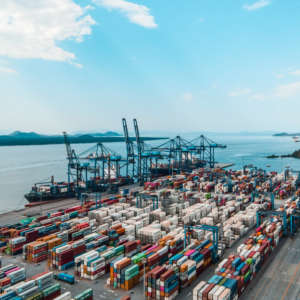In the first six months of this year, 5.6 million tons were transported in containers through the Port of Paranaguá in both trade directions – Import and Export. The volume is about 12% greater than the 5 million tons registered in the same period of 2020. It was exported 2,973,873 tons of shipped cargo and 2,589,673 tons imported.
Chicken is the most exported product in containers by the terminal. From January to June, 875,872 tons left the Port of Paranaguá towards the international market. With an increase of 2% compared to 855,782 tons in the same period of the previous year, the product represents 33% of everything shipped in containers through TCP.
About 80% of the frozen poultry meat that came out of Paranaguá, in the first half, is produced in Paraná. The other 20% were divided between products from Mato Grosso do Sul, Goiás, Mato Grosso, Minas Gerais, Santa Catarina, São Paulo, Rio Grande do Sul, Distrito Federal and Espírito Santo.
China continues to be the main destination for chicken exported by TCP, a company that operates this type of cargo in Paraná. Other buyers of the meat are Japan, Saudi Arabia, the United Arab Emirates, South Africa and over one hundred other countries.
The Port of Paranaguá, through TCP, operates the largest frozen poultry export corridor in the world. “We offer the producer the largest reefer structure in Latin America and intermodal solutions that guarantee the safety and quality of the cargo that is transported through the terminal”, says the commercial and institutional director of the company, Thomas Lima.
According to the representative of the TCP board, the terminal has a yard with 3,624 outlets for connecting refrigerated containers that are used for cargo transportation, with 24-hour monitoring, in addition to railway branches that connect the interior of the state directly to the bonded área.
This infrastructure is what allows the export of chicken and other frozen foods to stand out in the port of Paraná.
There is also evidence in container exports, wood (13% of handled in tons); cellulose (7%), paper (3%), beef (3%), pork (2%), tanneries (2%) and fat and oils (2%). The remaining 35% is divided among 58 other types of products.
IMPORTS – Among the most imported items in containers by the Port of Paranaguá are fertilizers, which represent 11% of the total products that arrive in this modality. In the first half of the year, 225,310 tons of products were landed in big bags – 15.7% less than last year (267,447 tons).
The second product that most arrives in containers through the Paraná terminal is plastic – 9% of the total imported in containers. In volume, plastic imports grew 44%. This year, from January to June, there were 185,773 tons. In 2020, in the same period, 128,939 tons.
Still among the import cargoes in containers, with the largest shares: organic chemical products (which represent 6% of the total); electrical machinery, equipment and materials (5%); reactors, boilers and industrial machines (5%); steel products (4%); rubber (4%); various products from the chemical industry (35) and paper (3%). Another 50% is split between 64 different products.
Check out the main products exported and imported in containers through the Port of Paranaguá.
Source: Ports of Paraná



